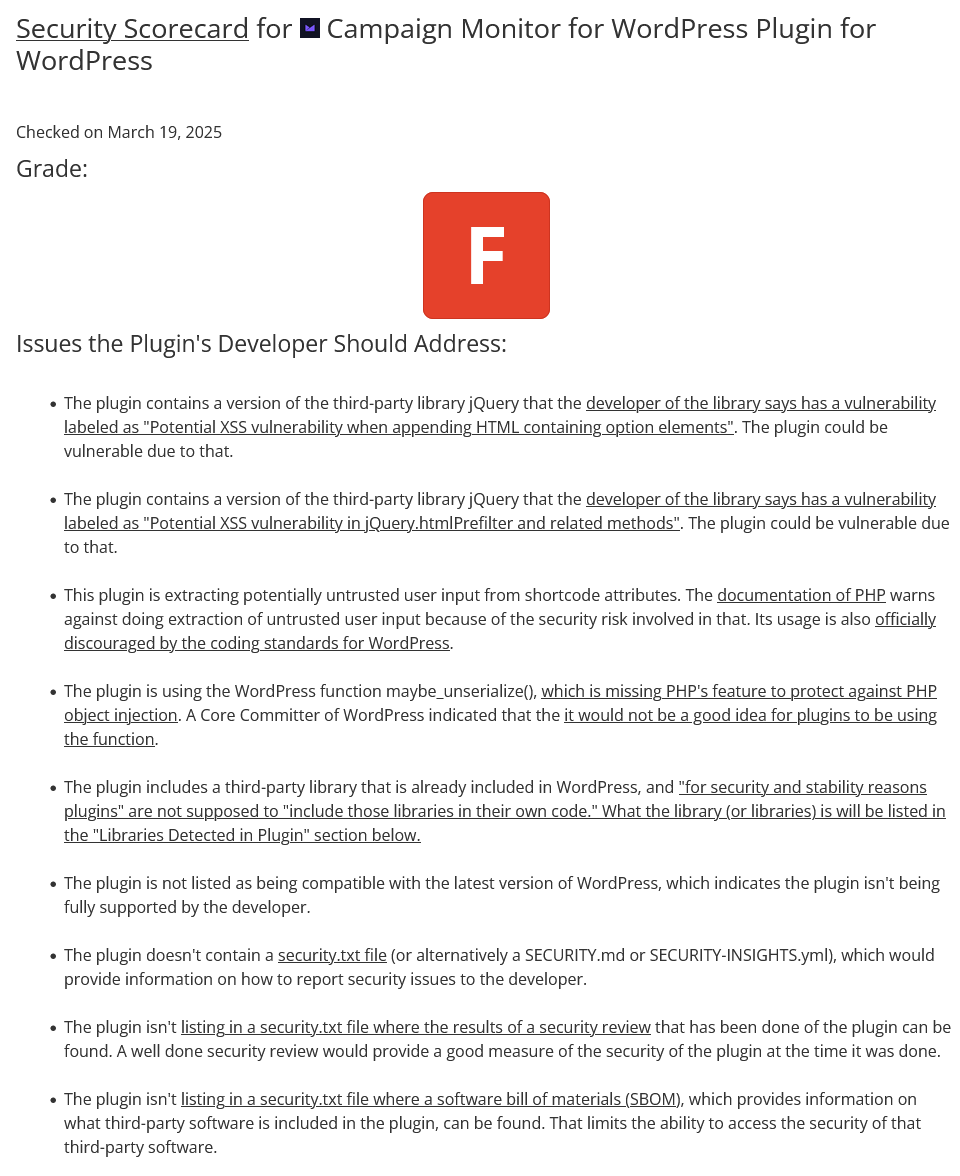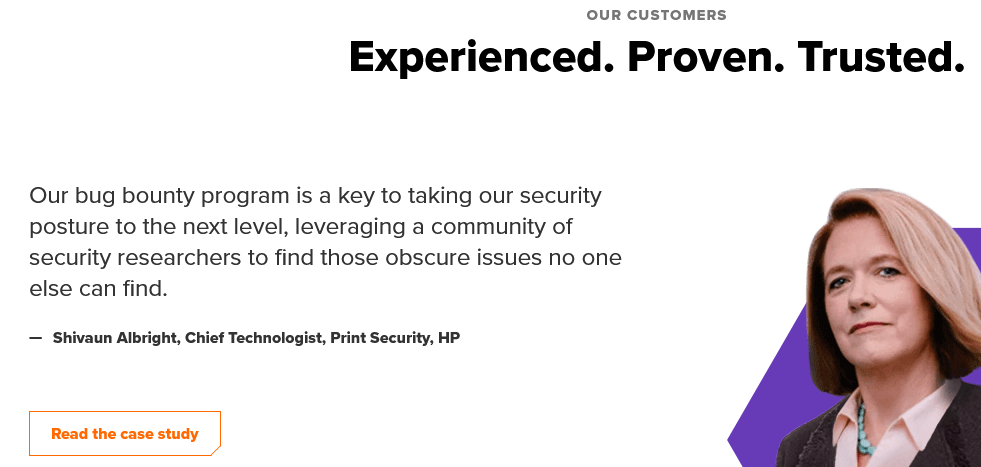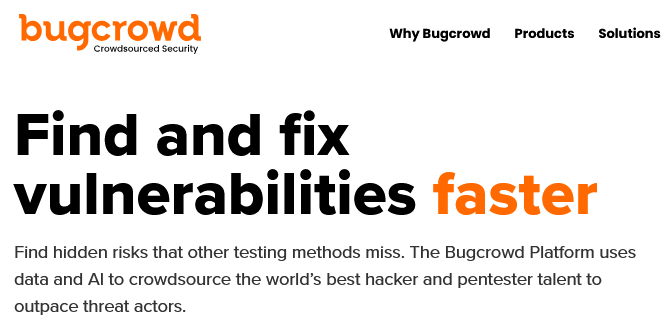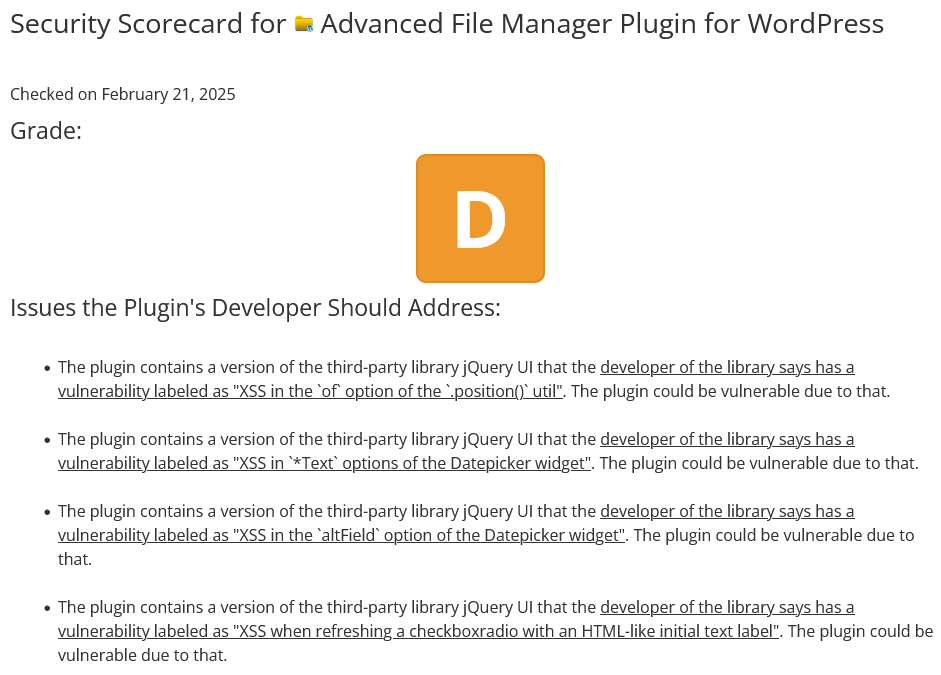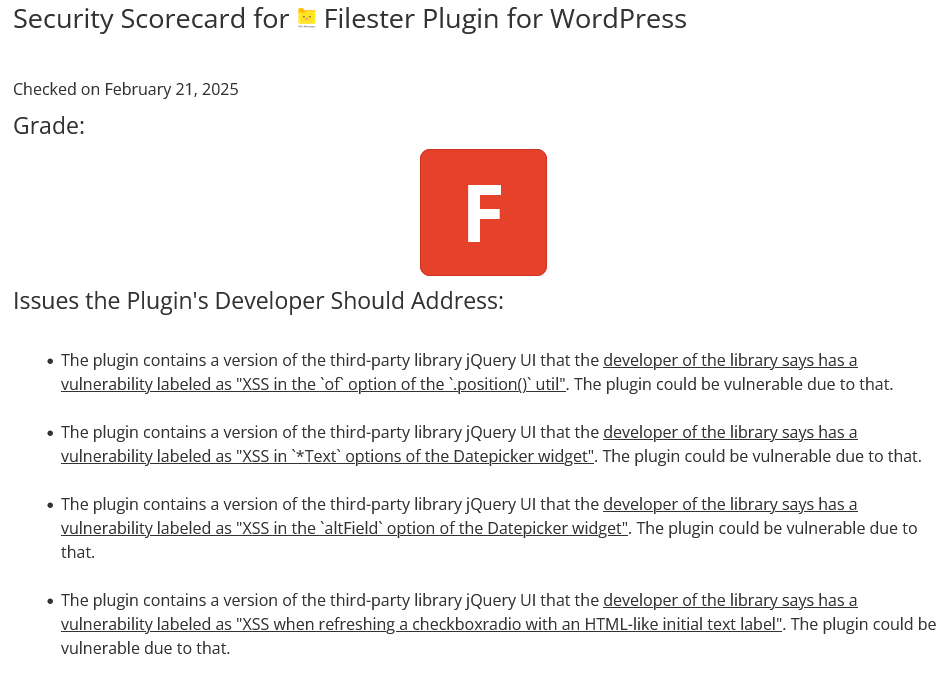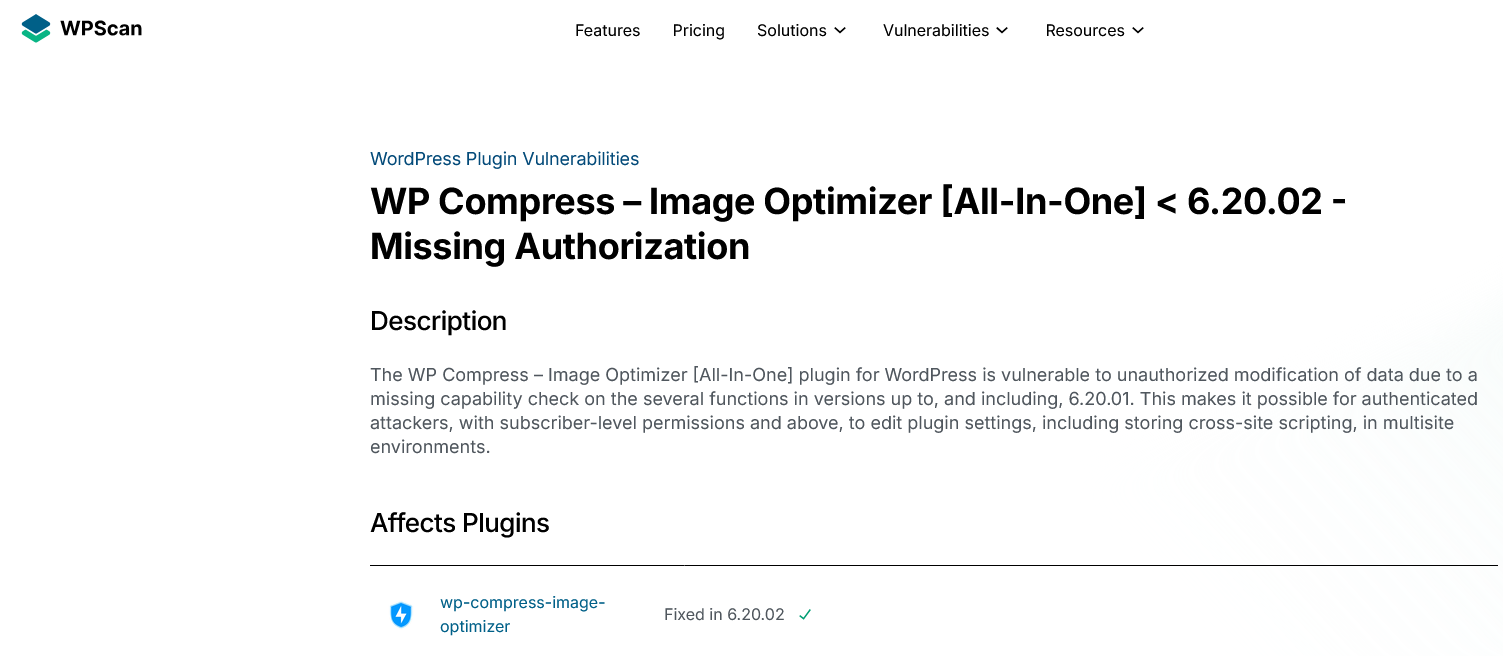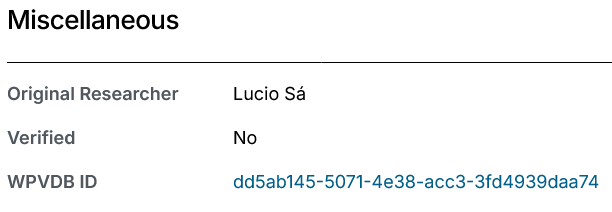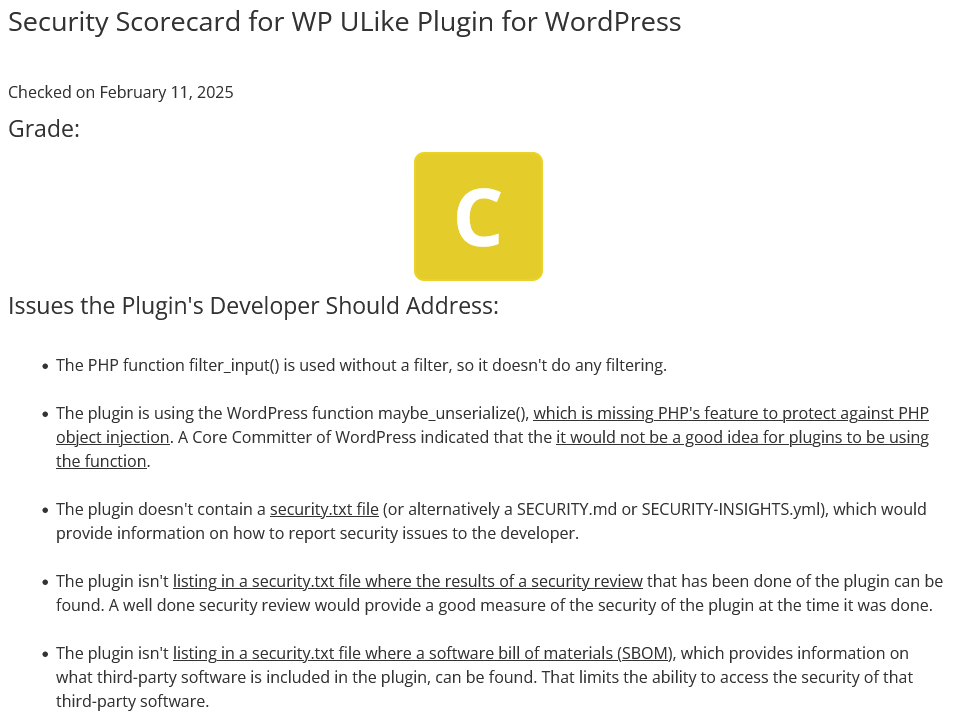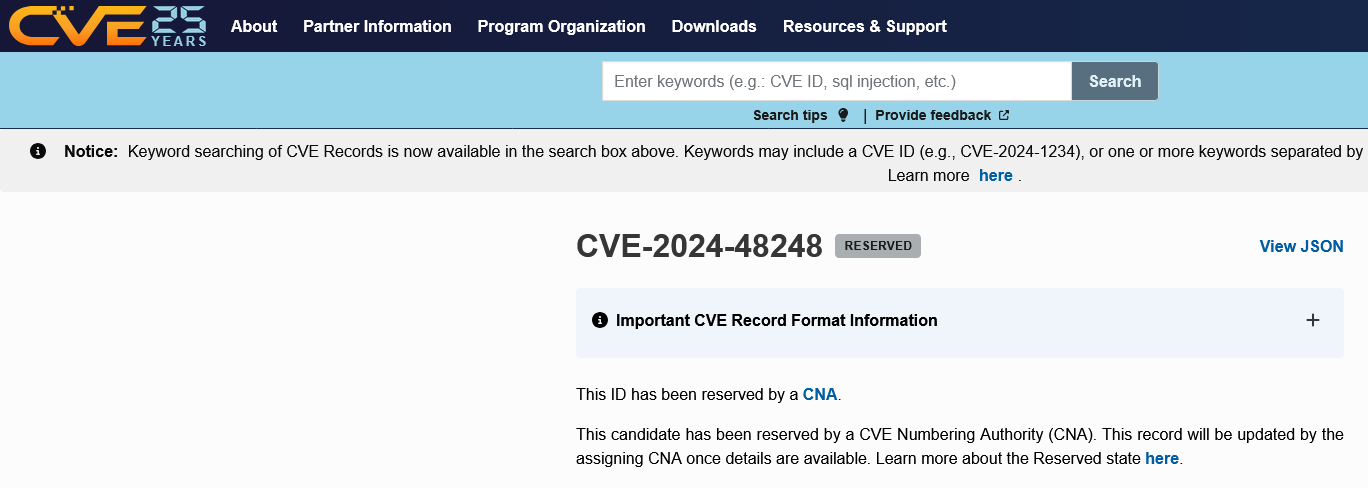In October, the European Union approved the Cyber Resilience Act (CRA) after two years of development. It seems well thought out, probably best shown with the authors understanding the harm that security providers’ own bad security often creates. Unfortunately, in the run up to passage, WordPress and others had tried to portray it as having negative effects on open source software (while also providing a misleading portrayal of security handling at WordPress). That is, despite it actually requiring for-profits entities taking advantage of open source software being required to help secure it. Also, unfortunately, an unscrupulous WordPress security provider is trying to mislead the WordPress community as what the act entails to continue harmfully directing vulnerability reporting away from developers.
That provider being Patchstack, here is how it mentions complying with the CRA through them on a page on its website about their vulnerability disclosure program (VDP):
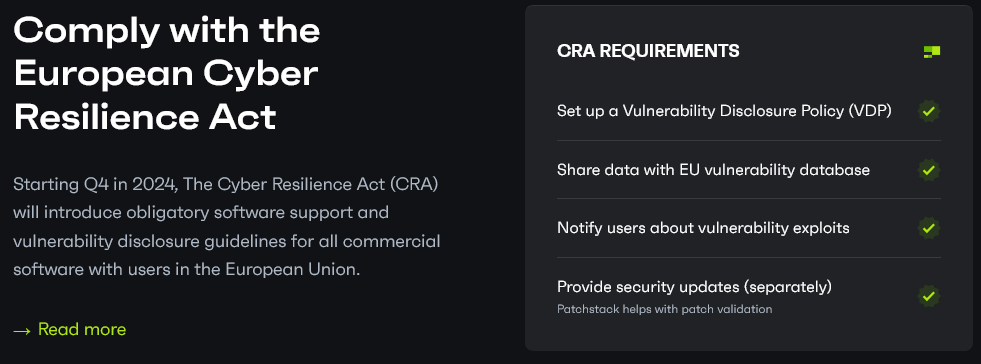
While they claim “Starting Q4 in 2024, The Cyber Resilience Act (CRA) will introduce obligatory software support and vulnerability disclosure guidelines,” in truth, the act becomes applicable years later. Specially, it becomes applicable to plugin developers on “11 December 2027, with exception of the reporting obligations concerning actively exploited vulnerabilities and severe incidents having an impact on the security of products with digital elements, which should apply from 11 September 2026.” That continues Patchstack’s long track record of misleading to outright dishonest claims.
Things get worse from there. Patchstack’s whole intent is to get vulnerabilities reports directed away from plugin developers to themselves, so they can profit off of the vulnerabilities. That also prevents legitimate security providers from properly vetting vulnerability claims. That makes it harder to catch when vulnerabilities haven’t actually been fixed, which happens often. It also makes it harder to catch misleading claims. That doesn’t seem like something the EU would be supportive of, and the act goes directly against that. Here is the relevant section of the introduction, with our emphasis added:
Manufacturers of products with digital elements should put in place coordinated vulnerability disclosure policies to facilitate the reporting of vulnerabilities by individuals or entities either directly to the manufacturer or indirectly, and where requested anonymously, via CSIRTs designated as coordinators for the purposes of coordinated vulnerability disclosure in accordance with Article 12(1) of Directive (EU) 2022/2555. Manufacturers’ coordinated vulnerability disclosure policy should specify a structured process through which vulnerabilities are reported to a manufacturer in a manner allowing the manufacturer to diagnose and remedy such vulnerabilities before detailed vulnerability information is disclosed to third parties or to the public. Moreover, manufacturers should also consider publishing their security policies in machine-readable format. Given the fact that information about exploitable vulnerabilities in widely used products with digital elements can be sold at high prices on the black market, manufacturers of such products should be able to use programmes, as part of their coordinated vulnerability disclosure policies, to incentivise the reporting of vulnerabilities by ensuring that individuals or entities receive recognition and compensation for their efforts. This refers to so-called ‘bug bounty programmes’.
So you need to be able to report issues directly to the developer, which isn’t what happens with Patchstack’s program. More importantly, it states that the process should happen before “detailed vulnerability information is disclosed to third parties.” Patchstack is a third-party trying to profit off of that information.
Then in Article 13, that is reiterated (emphasis ours):
17. For the purposes of this Regulation, manufacturers shall designate a single point of contact to enable users to communicate directly and rapidly with them, including in order to facilitate reporting on vulnerabilities of the product with digital elements.
In line with CRA, our Plugin Security Scorecard lowers the grade of plugins that are directing vulnerabilities away from developers like Patchstack is attempting to get them to do.
While they have a check mark next to the “Share data with EU vulnerability database” on the page, the relevant European Union database doesn’t yet exist. So they couldn’t be sharing with it.
Two other components don’t make sense as they are “Notify users about vulnerability exploits” and “Provide security updates (separately).” Those would be things that a developer would need to do.
It also is important to note the CRA has other requirements that Patchstack doesn’t mention and what they are offering to get vulnerabilities reported to them doesn’t offer. One notable element is having a software bill of materials (SBOM) to help make sure known vulnerable libraries are not in software:
In order to facilitate vulnerability analysis, manufacturers should identify and document components contained in the products with digital elements, including by drawing up an SBOM. An SBOM can provide those who manufacture, purchase, and operate software with information that enhances their understanding of the supply chain, which has multiple benefits, in particular it helps manufacturers and users to track known newly emerged vulnerabilities and cybersecurity risks. It is of particular importance that manufacturers ensure that their products with digital elements do not contain vulnerable components developed by third parties. Manufacturers should not be obliged to make the SBOM public.
As we noted last week, a plugin whose developer claims Patchstack is ensuring is secure contains two libraries with known vulnerabilities, one on which has been publicly known to be vulnerable for 21 months. Our Plugin Scorecard checks if a plugin has a listed SBOM.
The CRA also requires that an assessment is done of the security of software:
In order to ensure that products with digital elements are secure both at the time of their placing on the market as well as during the time the product with digital elements is expected to be in use, it is necessary to lay down essential cybersecurity requirements for vulnerability handling and essential cybersecurity requirements relating to the properties of products with digital elements. While manufacturers should comply with all essential cybersecurity requirements related to vulnerability handling throughout the support period, they should determine which other essential cybersecurity requirements related to the product properties are relevant for the type of product with digital elements concerned. For that purpose, manufacturers should undertake an assessment of the cybersecurity risks associated with a product with digital elements to identify relevant risks and relevant essential cybersecurity requirements in order to make available their products with digital elements without known exploitable vulnerabilities that might have an impact on the security of those products and to appropriately apply suitable harmonised standards, common specifications or European or international standards.
As we will cover in a follow up post, Patchstack is admitting to not properly vetting vulnerability reports, so they are not even close to doing these assessments. Our Plugin Scorecard checks if a plugin is listing the URL of a security review done of the plugin.
Patchstack Promotes being Funded by European Union
While Patchstack is trying to use the CRA to mislead developers and creating additional security risk for the WordPress community, they are claiming on their website to be funded by the European Union:

It appears that the precursor to Patchstack, WebARX, had received funding back in 2021.
It doesn’t seem like the EU would be happy to be associated with a company trying to profit off o misleading the public about their legislation.
